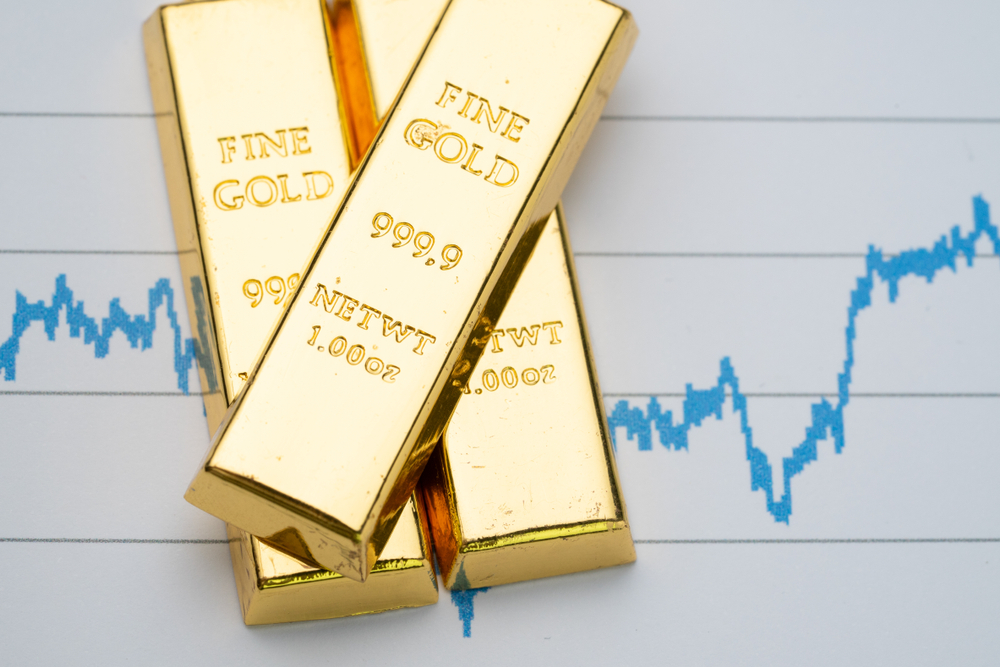Gold exchange-traded commodities (ETCs) and mining equity ETFs have booked strong returns as gold hits a five-month-high on uncertainty driven by the Israel-Hamas conflict.
Europe’s largest gold ETC - the $16bn Invesco Physical Gold ETC (SGLD) - and the $2.4bn WisdomTree Physical Swiss Gold ETC (SGBS) jumped 5.3% over the past month, as at 30 October.
In equities, the $126m L&G Gold Mining UCITS ETF (AUCO) and $727m VanEck Gold Miners UCITS ETF (GDX) bounced 8.1% and 7.7%, respectively, over the same period.
The precious metal briefly hit $2,009 an ounce last week as the Israel Defense Forces (IDF) started its ground assault on Gaza last Friday.
The rush to the safe haven came as investors feared further escalation in the conflict, with the UAE requesting a UN Security Council meeting as part of the chorus calling for a ceasefire.
Charles-Henry Monchau, CIO at Syz Group, said last week: “Despite rising bond yields and a strong US dollar, gold has risen by almost 9% over the past two weeks.
“Fears of a further escalation of the conflict in the Middle East have increased demand for safe havens, whether gold, silver, the Swiss franc or bitcoin, which is once again flirting with the $30,000-US dollar mark.”
It also comes as the conflict sparks volatility across asset classes. The first day of trading following Hamas’ initial attack on Israel on 7 October saw the WisdomTree Brent Crude Oil ETC (BRNT) jump 3.8%, while defence thematic ETFs from HANetf and VanEck gained 8% in three days on anticipated demand for military hardware.
Whether gold can maintain its current price near $2,000 an ounce is contingent on key events such as the next Federal Open Market Committee (FOMC) on Wednesday.
Either a ceasefire in the Middle East or a funds rate hike by the Federal Reserve would likely send the price of gold lower.
According to CME’s FedWatch Tool, markets currently forecast rates to remain unchanged, with the odds of rates being hiked again before the end of 2023 currently priced in at a 24% probability.







